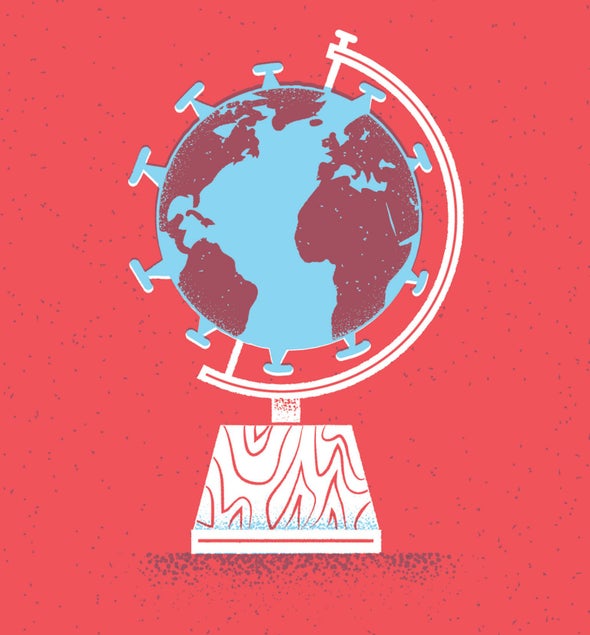
As the pandemic entered its third year, the Texas Children’s Hospital Center for Vaccine Development and the Baylor College of Medicine gifted the world the first COVID vaccine designed specifically for global health. This patent-free vaccine, called CORBEVAX, is a milestone for global health equity. Based on an older and more widely used technology than the now well-known COVID mRNA vaccines, it could help end vaccine hesitancy in some parts of the world. It also serves as a blueprint for developing a potent vaccine for pandemic use in the absence of substantial public funding.
We are part of the team that developed the vaccine, and our institution licensed the vaccine prototype and transferred its technology in 2021—with no strings attached—to Biological E. Limited, a company based in Hyderabad, India. The Indian government has authorized the vaccine, and Biological E. plans to deliver more than a billion additional doses to other countries. This means that if it is widely authorized, CORBEVAX could soon vaccinate more people than have the vaccine doses donated thus far by the U.S. government or any other G7 country.
This COVID vaccine has several distinct features that make it suitable for use in resource-poor settings: it is safe, effective, inexpensive and easy to store and can be produced locally at high quantities. We expect it will be used in low- and middle-income countries where vaccine availability has basically been abysmal.
CORBEVAX uses the SARS-CoV-2 spike protein to stimulate an immune reaction, but the technology used to develop it resembles that of the recombinant hepatitis B vaccine used in many resource-poor countries. Manufacturing processes for such vaccines are generally well understood and will not require a steep learning curve, like those needed for vaccines based on new technologies such as mRNA (used by Moderna and Pfizer-BioNTech) or adenovirus (AstraZeneca and Sputnik).
Companies in Indonesia and Bangladesh have also licensed the technology, as has California-based ImmunityBio, which is building manufacturing capacity in South Africa and other countries in Africa. Such technology-transfer agreements with suitable partners represent the ideal for how COVID vaccines can and should be produced locally and widely in resource-poor countries.
Our analysis of available data suggests that, like the hepatitis B vaccine, CORBEVAX has an excellent safety profile. In a phase 3 trial conducted in India, CORBEVAX produced no serious adverse events, making it one of the safest COVID vaccines in use. When compared with the AstraZeneca–University of Oxford vaccine manufactured by the Serum Institute of India, CORBEVAX also produced more lasting protection and more neutralizing antibodies against the Delta and Beta variants of SARS-CoV-2. It neutralized variants of concern in laboratory studies and was highly protective in two primate trials in which the animals were infected with SARS-CoV-2 to see how well the vaccine defended them against infection. The human trial results are being submitted to a peer-reviewed journal. Clinical trials in children are underway in India.
Based on the use of the hepatitis B vaccine, we anticipate people will readily accept CORBEVAX and similar recombinant protein COVID vaccines. If there was ever a COVID vaccine that might triumph over vaccine hesitancy and refusal, this could be the one.
Texas Children’s Hospital developed this vaccine with no major federal or G7 support, instead relying almost exclusively on private philanthropy based in Texas, New York and elsewhere. Is it possible that had we enjoyed even a small fraction of the support afforded to the biotech or multinational companies producing new-technology vaccines, the world might have been vaccinated by now? Could the emergence of the Delta and Omicron varieties, which likely arose from unvaccinated people, have been prevented? It is not too late. We continue to ask the U.S. and other G7 nations for assistance in co-developing our recombinant protein vaccine with new partners in other low-resource countries and advancing them to the COVAX sharing facility for global distribution.
During 2022, we hope to partner with the World Health Organization and other United Nations agencies to vaccinate the world. We believe that global vaccine equity is finally at hand and that it is the only thing that can bring the COVID pandemic to an end.


